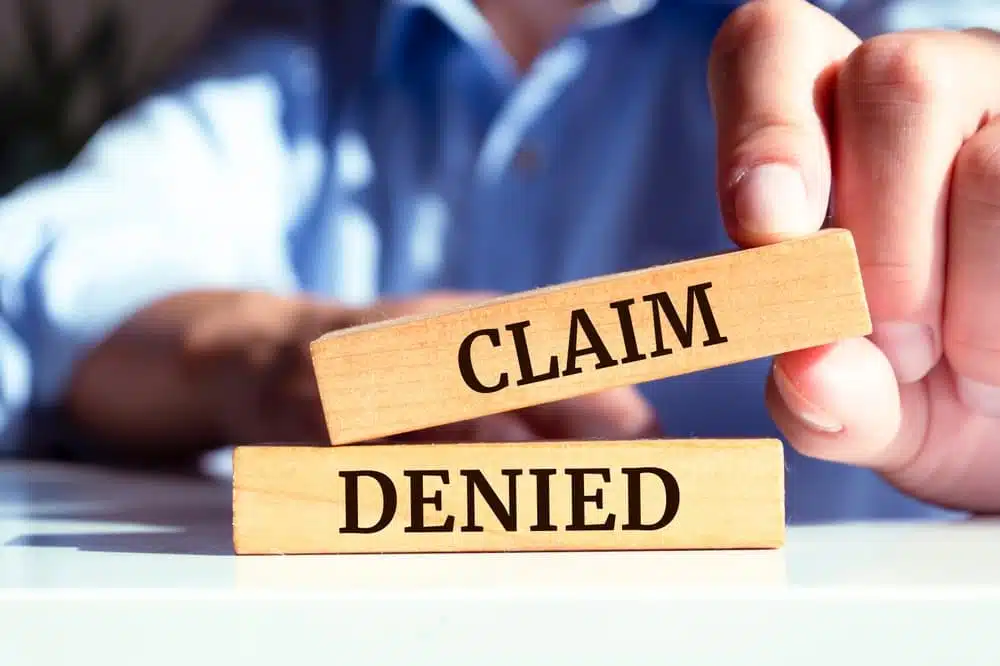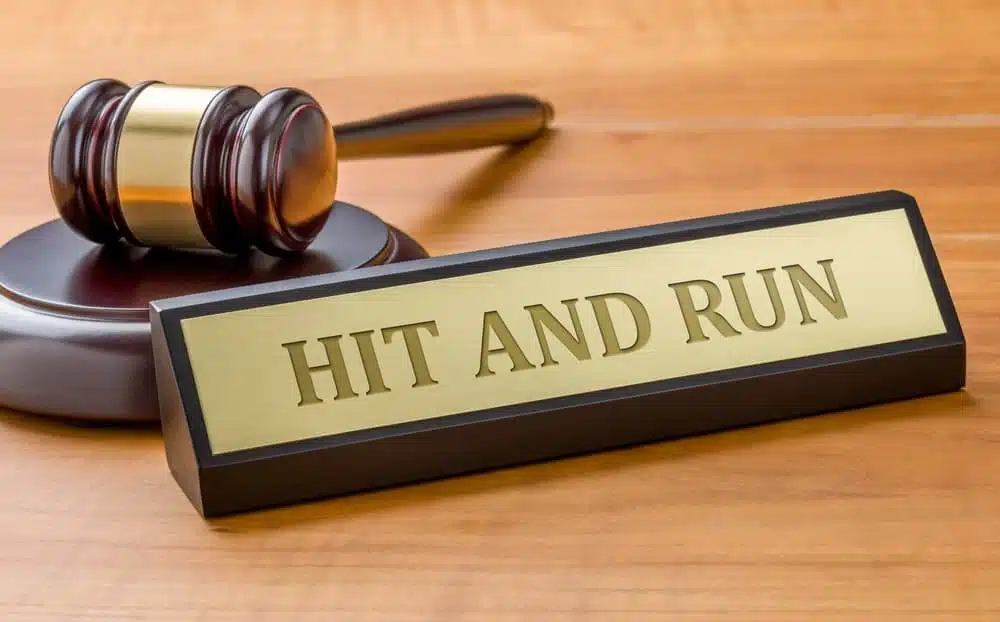
A rear-end collision often happens in the blink of an eye but can leave lasting impacts on your life. The sudden jolt, screeching tires, and crunch of metal can be incredibly jarring. Beyond the physical pain and emotional distress, there’s often a whirlwind of questions about medical bills, vehicle repairs, and lost income. One pressing question is at the center of it all—who pays after a rear-end collision?
If you’re dealing with the aftermath of such an accident, it can feel overwhelming. You might not know where to start, who to turn to, or how to make sense of what comes next. The answers aren’t always straightforward, but understanding the general rules of liability and insurance can help you make informed decisions. And remember, you’re not alone—there are skilled car accident lawyers who can guide you through this challenging time.
Understanding Fault in Rear-End Collisions
Rear-end accidents are among the most common types of vehicle collisions, but every situation is different. Most people think that the driver who rear-ends the vehicle in front is always at fault. While this is true in many cases, it’s not an absolute rule.
The law generally presumes that drivers must maintain a safe following distance to avoid hitting the vehicle in front. But sometimes, there are exceptions. For instance, a driver in front might slam on their brakes without warning, or they may have a mechanical issue like non-functioning brake lights. Other instances of shared liability may include instances where poor weather conditions or road design contributed to the crash. These exceptions can complicate the process of determining fault, which is why it’s crucial to work with someone who can help unravel these details.
Determining fault matters because liability directly influences who pays for the damages. It isn’t just about physical injuries. There are also questions about medical bills, repair costs, loss of income, and emotional toll—all of which deserve careful attention.
How Auto Insurance Works in New York, New Jersey, and Pennsylvania
New York, New Jersey, and Pennsylvania are all no-fault insurance states, meaning your own insurance company covers medical expenses and certain losses after a car accident, no matter who caused it. This system is designed to provide quick access to medical care and essential services through personal injury protection (PIP) coverage. However, navigating the rules can be confusing for accident victims seeking compensation.
How It Works in Each State
New York requires drivers to carry PIP coverage, which pays for medical bills and lost wages up to policy limits. If injuries are severe and meet specific thresholds, victims can step outside the no-fault system to sue the at-fault driver for additional damages, such as pain and suffering.
New Jersey offers “Basic” and “Standard” insurance policies. The Standard Policy allows you to choose between limited and unlimited rights to sue. Limited policies require serious injuries like permanent disabilities or disfigurement to file a lawsuit, while unlimited policies allow broader claims.
Pennsylvania uses a “choice no-fault” system. Drivers can pick no-fault or traditional fault-based coverage. Those with no-fault coverage rely on their PIP benefits unless injuries meet a “serious injury” threshold, allowing a lawsuit for full compensation.
Why Legal Guidance Matters
Though no-fault insurance simplifies some aspects of claims, it often comes with hurdles like limited benefits, disputes over medical costs, and challenges proving injury severity. Each state’s nuances can also impact your rights.
Legal representation ensures your injuries are valued accurately, helps you pursue claims beyond PIP when needed, and relieves the burden of fighting insurance companies. A skilled attorney safeguards your rights and helps secure the compensation you deserve so you can focus on recovery.
Determining Liability After a Rear-End Collision
After a rear-end collision, understanding how fault is determined is essential—but the rules around liability can vary depending on where the accident occurred. New York, New Jersey, and Pennsylvania all follow the principle of comparative negligence, which means fault can be shared between multiple parties. However, each state approaches this concept slightly differently, and these variations can significantly impact the compensation you may receive.
New York’s Pure Comparative Negligence Rule
New York applies a pure comparative negligence standard, meaning even if you were partially at fault for the collision, you could still recover damages. For instance, if you were found to be 30% responsible for the accident—perhaps because your brake lights weren’t functioning—you could still recover 70% of your total damages. While this system ensures that accident victims can always seek compensation, the percentage of fault assigned to you directly reduces the amount you recover.
That said, insurance companies will often use New York’s comparative negligence laws to argue that you bear a higher portion of fault than you should. This is where having someone who understands how to challenge these tactics can make all the difference in ensuring a fair result.
New Jersey’s Modified Comparative Negligence Rule
New Jersey takes a slightly different approach with its modified comparative negligence rule. You can still recover compensation if you are partly at fault. But here, if you are found to be 51% or more at fault for the accident, you cannot recover any compensation.
Because of this 51% threshold, the stakes can be much higher in New Jersey. Insurance companies and opposing parties may aggressively argue that you bear more than half of the responsibility. This makes it essential to have professional guidance to counter such arguments and protect your right to fair compensation.
Pennsylvania’s Comparative Negligence Standard
Pennsylvania, like New Jersey, follows a modified comparative negligence model but has its own nuances. Under Pennsylvania law, you cannot recover damages if your share of the fault is greater than 50%. However, as long as you are 50% or less at fault, you can still receive compensation reduced by your level of responsibility.
Filing a claim in Pennsylvania requires careful attention to detail, especially when determining fault percentages. Without experienced legal representation, you risk undervaluing your claim or being unfairly assigned more blame than is warranted.
The Responsibilities of Insurance Companies
After a rear-end collision, insurance companies typically step in to cover the financial consequences. However, their role isn’t as straightforward as you’d hope. While insurance exists to protect you, these companies are businesses first. They don’t generate profits by handing out maximum payouts on each claim.
You might expect an insurance company to act in your best interest, but the reality is that their primary loyalty lies with their shareholders. This can result in their offering a settlement far lower than what you’re entitled to, delaying your claim, or even denying it outright.
This is why thoroughly documenting the accident and injuries, as well as having skilled legal representation, becomes so important. Insurance adjusters are trained professionals whose job is to minimize payouts. Without someone in your corner who knows how to push back, you could be left with far less than you deserve.
You might hear terms like “comparative negligence” or “policy limits” thrown around during these discussions. These legal and insurance-specific terms can be incredibly confusing, which underscores why tackling this process alone is often not in your best interest.
Medical Expenses and Recovery Costs
After a rear-end collision, one of your most immediate concerns is likely your health. Sometimes, the injuries are evident right away, such as whiplash, broken bones, or cuts and bruises. However, it’s also possible for injuries to emerge days or even weeks later. Injuries like concussions, soft tissue damage, and back injuries can take time to show symptoms, but they can have long-lasting effects on your quality of life.
Medical bills add up fast. From emergency room visits to physical therapy sessions and prescription medications, the numbers can feel staggering. If you’re unable to work during your recovery, the financial strain becomes even worse.
Navigating the claims process isn’t always smooth sailing. Insurance companies might argue about the necessity of certain treatments, deny certain costs, or try to shift the blame to someone else. These hurdles can feel like an uphill battle, especially when you’re trying to focus on healing.
Vehicle Repairs or Replacement
Your car damages might seem straightforward—a mechanic assesses the cost of repairs, and the insurance company pays. Unfortunately, it’s rarely that simple.
Insurance companies might lowball repair estimates, use cheaper replacement parts, or dispute whether certain damages stemmed from the accident in question. If your car was new or had specialized modifications, ensuring it’s repaired or replaced to its original condition can quickly become contentious.
What happens if your car is deemed a “total loss”? Totaled vehicles are declared when the cost of repairs exceeds the actual cash value of the vehicle. While the at-fault party’s insurance is responsible for paying this value, their assessment of your vehicle’s market worth may not align with your own. Fighting for appropriate compensation requires diligence and, often, skill.
Lost Wages and Earning Potential
For many people, the injuries caused by a rear-end collision extend beyond pain and physical inconvenience—they also impact the ability to work. Whether you’re unable to work for days or weeks or even face long-term disability, lost income can be a major component of the financial fallout.
These calculations go beyond simple paychecks. You have to account for missed opportunities, future earning potential, and other indirect barriers to income if your injuries prevent you from doing your job as effectively as before.
Convincing an insurance company—or a courtroom—of this lost income requires comprehensive documentation, expert opinions, and careful argumentation. Skipping steps or misunderstanding the process can lead to compensation that falls far short of what you require for recovery.
Pain, Suffering, and Emotional Distress
One aspect that can often be overlooked in the wake of a collision is the emotional toll it has on victims. Whether the trauma of the accident keeps you from driving, affects your sleep, or simply takes a toll on your quality of life, the effects deserve recognition. This is where claims for pain and suffering, as well as emotional distress, come in.
Quantifying these damages is challenging. They don’t come with invoices or receipts, and insurance companies are often reluctant to acknowledge their magnitude. But for the victims of rear-end collisions, the non-economic damages can be just as debilitating as the physical ones. Working with professionals who understand how to highlight and prove these damages is essential in ensuring they are factored into your compensation.
Why You Should Never DIY a Claim
Some people consider handling their own accident claims, assuming they’ll save time or legal fees. However, this approach is rarely effective. A rear-end collision claim may seem simple at first glance, but it’s rarely as straightforward as it looks.
Insurance adjusters are adept at finding ways to reduce their payout. They might claim you shared blame for the collision to reduce their responsibility. They might undermine the extent of your injuries or question whether you sought appropriate medical care. Without the skills to push back on these tactics, you could walk away with far less than you’re entitled to—and that’s assuming you succeed in navigating the legal process on your own.
By contrast, attorneys with experience handling personal injury cases know how to counter these strategies. They anticipate the pitfalls and have the tools to gather strong evidence, calculate your true losses, and represent you effectively, whether negotiating a settlement or going to trial.
Remember, reporting your accident to insurers should only come after consulting an attorney. This consultation ensures you don’t inadvertently say something that could weaken your claim. Insurance companies can—and will—use your own words against you if they see the opportunity.
How We Can Help
At The Rothenberg Law Firm Accident and Injury Lawyers, we care deeply about helping injury victims reclaim the lives they deserve. For over 55 years, our team has fought tirelessly on behalf of clients, securing billions in compensation for their losses. When you hire us, you’re not just getting a lawyer—you’re gaining a dedicated team committed to protecting your best interests.
We understand that recovering from a rear-end collision can feel like an uphill battle. From the physical pain to the financial strain, the road ahead might seem daunting. But you don’t have to face it alone. Our compassionate attorneys are here to shoulder the burden so you can focus on moving forward.
If you or someone you love has been injured in a rear-end collision, contact The Rothenberg Law Firm LLP at (800) 624-8888 or through our online form for a free, no-obligation consultation. Allow us to apply our experience, resources, and unwavering commitment to your case so you can focus on regaining what matters most—your health, your family, and your future.



